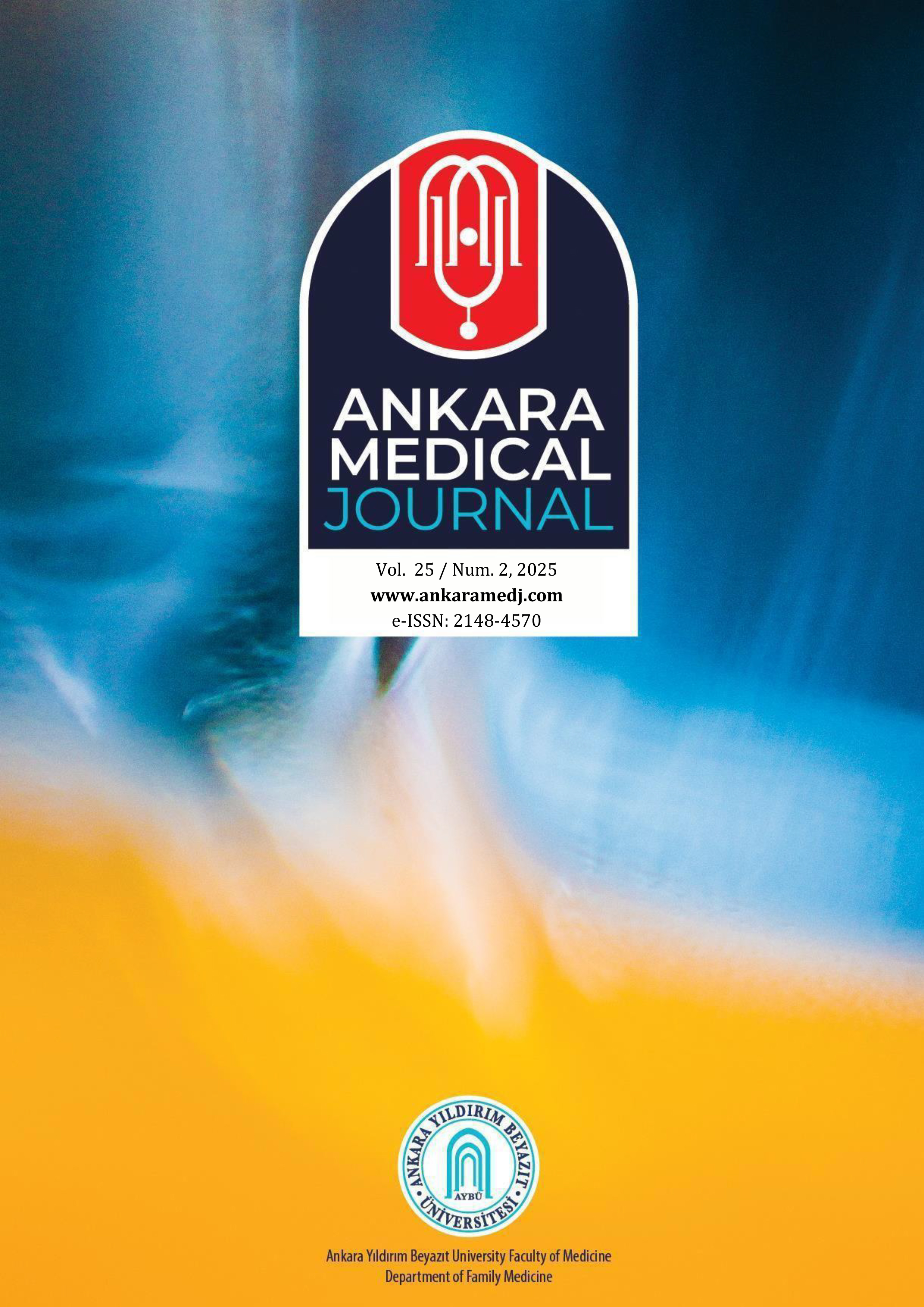The Relationship of Neutrophil and Platelet Markers with Clinical Variables and Disease Activity in Patients with Ankylosing Spondylitis
Ender Erden1, Ayla Cagliyan Turk1, Ebru Erden1, İlker Fatih Sarı21Hitit University, Faculty Of Medicine, Department Of Physical Medicine And Rehabilitation, Corum, Turkey.2Giresun University, Faculty Of Medicine, Department Of Physical Medicine And Rehabilitation, Giresun, Turkey
INTRODUCTION: The aim of this study is to show the relationship between neutrophil and platelet levels and clinical criteria such as disease activity and pain in ankylosing spondylitis (AS) patients.
METHODS: The study included 48 AS patients (Group 1) and 47 healthy controls (Group 2). Clinical and laboratory evaluations, including the measurement of the hemogram, neutrophil to lymphocyte ratio (NLR), platelet to lymphocyte ratio (PLR), C-reactive protein (CRP), and erythrocyte sedimentation rate (ESR), were performed. The AS patients were divided into two subgroups according to their disease activity was evaluated by using the Bath Ankylosing Spondylitis Disease Activity Index (BASDAI) score (≥4 high activity, <4 low activity).
RESULTS: Mean age of the patients was 42.44 ±12.32 years in Group 1 and 46.30 ± 9.10 years in Group 2 and showed no significant difference between groups (All p values >0.05). The ESR, CRP, NLR, PLR, and plateletcrit (PCT) values were significantly higher in Group 1, while the hemoglobin values were significantly lower in Group 2 (All p values <0.05). The platelet count was significantly higher in the subgroup with high disease activity according to the BASDAI score (All p values <0.05). A significantly negative weak correlation was found between MPV and BASMI and MPV and ESR (r=-0.303, p=0.037; r=-0.492, p<0.001, respectively). According to the receiver operating characteristic (ROC) analysis, PLR and MPV had diagnostic value in demonstrating disease activity.
DISCUSSION AND CONCLUSION: While NLR, PLR, and PCT can be used in the initial evaluation of inflammation in AS patients, PLR and MPV were found effective in demonstrating disease activity.
Manuscript Language: English
(573 downloaded)





